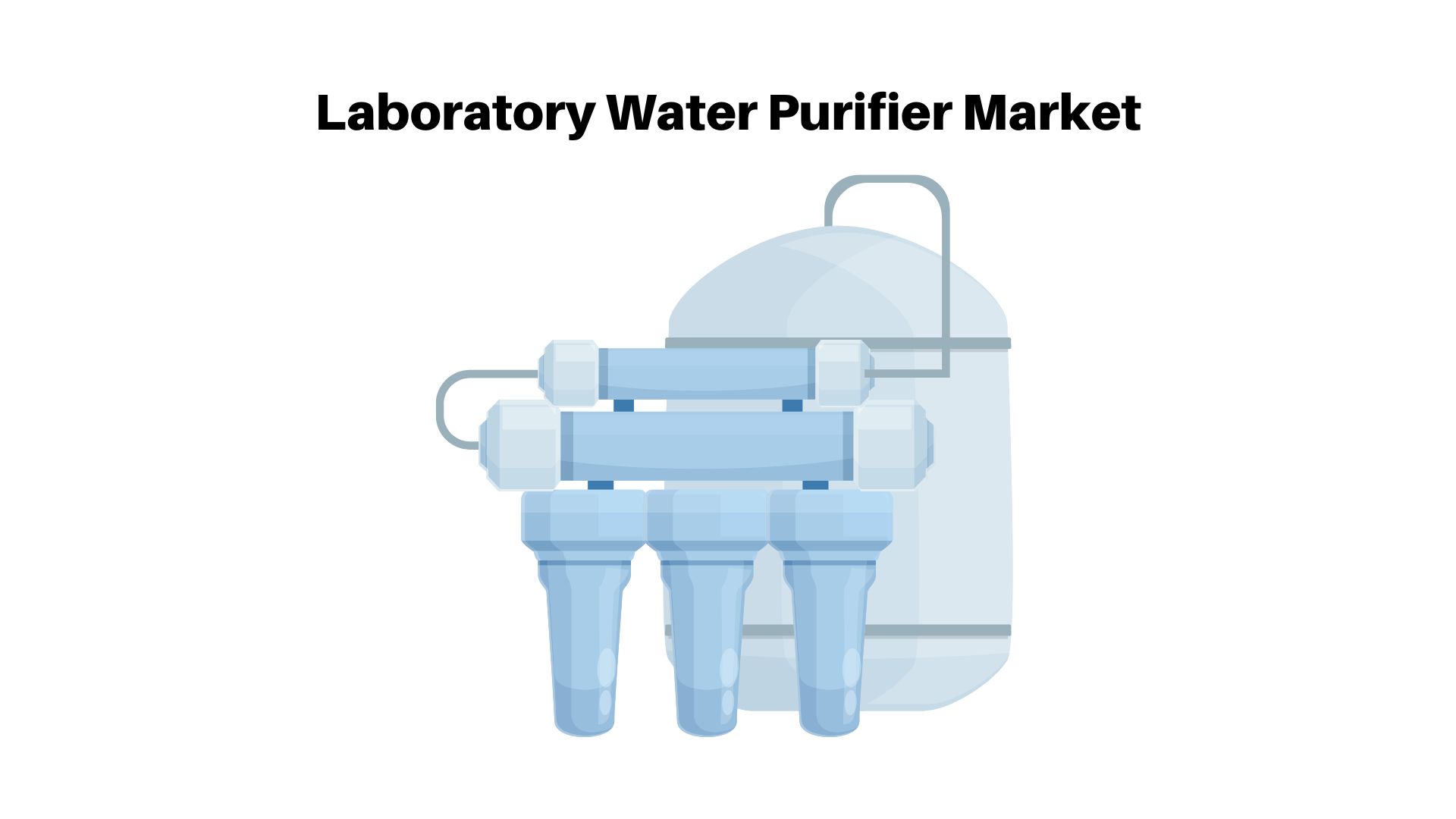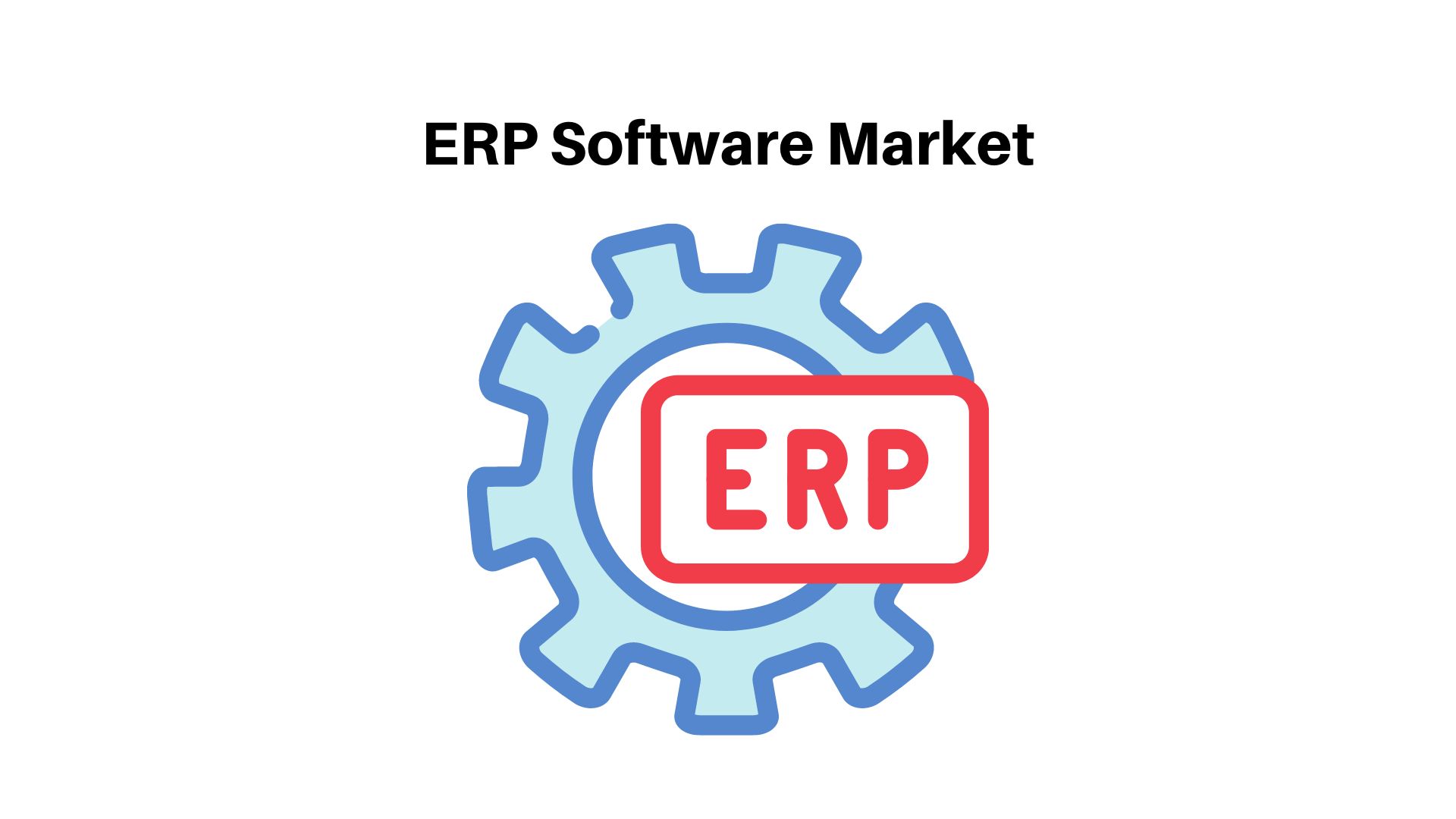Laboratory Water Purifier Market Projected To Reach USD 64.91 Bn by 2033

Page Contents
Market Overview
Published Via 11Press: A laboratory water purifier Market is designed to produce pure water for laboratory applications. It removes contaminants such as dissolved ions, organic compounds, bacteria and viruses from the water source. The purified water produced by this purifier can be used in many laboratory disciplines such as analytical chemistry, biochemistry microbiology and molecular biology.
The Global Laboratory Water Purifier market represented USD 19.43 Bn in 2022 and will anticipate around USD 64.91 Bn by 2033 projected around CAGR of 11.59% amid forecast frame of 2023 to 2033.
Laboratory water purifiers come in a variety of types, such as:
- Reverse Osmosis (RO) Systems: RO systems use a semipermeable membrane to filter water of impurities. With RO, up to 99% of dissolved pollutants can be removed.
- Deionization (DI) systems: Dielectric fluids are employed in these processes to remove dissolved ions from water. DI systems can effectively filter out ions such as calcium, magnesium, sodium and chloride from solutions.
- UV Purification Systems: Utilizing ultraviolet light, these systems use ultraviolet light to destroy bacteria and viruses in water.
- Distillation Systems: Distillation systems involve boiling water and collecting its steam, which is then condensed to produce pure water.
Key Takeaways
- The Laboratory Water Purifier Market expected to reach USD 19.43 Billion in 2022.
- Forecasted compound annual growth rates between 2023 and 2033 is 11.59%.
- By 2033, the Laboratory Water Purifier Market is projected to reach USD 64.91 Billion.
- Laboratory water purifiers are designed to eliminate impurities from water used in scientific research, analysis, and testing.
- Laboratory water purifiers come in various forms, such as distillation units, reverse osmosis systems and deionization units.
- Distillation units use heat to vaporize water, which is then condensed and collected, leaving behind any impurities.
- Reverse osmosis systems use a semipermeable membrane to filter out impurities.
- Deionization units employ ion exchange resins to remove ions from water.
- Laboratory water purifiers can effectively eliminate a range of impurities, such as bacteria, organic compounds and dissolved solids.
- When selecting a laboratory water purifier, the type of unit necessary depends on the specific application and purity levels required.
- Maintaining and replacing filters in laboratory water purifiers is essential to guarantee they work optimally and produce high-quality water.
- Some laboratory water purifiers may require additional equipment, such as UV lamps, to further disinfect the water.
- High-quality water is essential for accurate and dependable scientific research, so investing in a laboratory water purifier can help guarantee consistent outcomes.

Get Laboratory Water Purifier Market Sample Report: https://marketresearch.biz/report/laboratory-water-purifier-market/request-sample/
Regional Snapshot
- North America is the leading market for laboratory water purifiers due to the need for highly purified water for analysis and research purposes. This region is experiencing rapid growth due to its growing demand.
- Europe is the leading market for laboratory purifiers, with France Germany and the UK leading the charge. This region is experiencing significant growth due to the rising pharmaceutical industry as well as an increasing need for pure water in lab settings.
- With growing R&D activities and investments in healthcare services as well as rising demand for high quality water in laboratory settings , the Asia-Pacific region is expected to witness significant growth in its laboratory water purifier market. This region is dominated by Japan , India, China and India.
- The laboratory water purifier market in Latin America is expected to experience moderate growth due to increasing healthcare investments, government initiatives that promote scientific research, and an increasing awareness about the significance of pure water in laboratory settings.
- Though the market for laboratory water purifiers in Africa and the Middle East is still small, it is expected to expand steadily over the coming years due to increasing healthcare investments, increased R&D activities and an increasing need in laboratory settings for high-purity water.
Drivers
Laboratory water quality is critical when conducting experiments, as even small amounts of impurities or contaminants can affect results. Laboratory water purifiers remove impurities like bacteria, viruses, dissolved solids and organic compounds from water supplies to guarantee it meets the highest quality standard. With laboratory water purifiers you don't have to worry about variability or confounding factors in experiments because purified water contains less variables. Furthermore, laboratory water purifiers ensure personnel safety by eliminating potential hazards like chemicals, heavy metals and microorganisms from their supply of drinking water supplies.
Laboratory water purifiers may require an initial investment, but they will prove cost-effective in the long run as they reduce reliance on expensive bottled water or multiple purchases of purification systems. Furthermore, laboratory water purifiers help minimize environmental impact due to eliminating disposable plastic bottles or other single-use water purification methods.
Restraints
One of the main obstacles to laboratory water purifier use is the initial cost. Depending on the type and capacity, this cost can be prohibitive for some laboratories or research groups with tight budgets. Laboratory water purifiers need regular maintenance and upkeep in order to guarantee they function optimally and produce high-quality purified water; this requires both time and resources; including regular filter changes and cleaning.
Some laboratory water purifiers may have limited purification capacity, which can be an issue for larger experiments or research projects that need large amounts of purified water. Many require electricity to operate which could pose a challenge in areas with unstable power supplies or during emergency situations where electricity is unavailable. Furthermore, the purification process used by laboratory water purifiers generates wastewater which must be properly disposed of to prevent environmental contamination – adding another step and cost to operations in the lab.
Opportunities
Laboratory water purifiers offer a reliable supply of high-quality water, which is essential for obtaining accurate and dependable experimental results. It is especially essential for experiments involving delicate instrumentation or where even trace amounts of contaminants can adversely affect results. Over time, laboratory water purifiers can be more cost-effective than purchasing bottled water or other purification systems. By eliminating the need for repeated purchases of expensive bottles or other single-use purification systems, laboratories save money in the long run. Furthermore, laboratory water purifiers help reduce environmental impacts associated with research and experimentation by eliminating disposable plastic bottles or other single-use water purification components.
Laboratory water purifiers help protect laboratory personnel by eliminating potential contaminants such as chemicals, heavy metals and microorganisms from the water supply. With a range of sizes and configurations available for laboratories to choose from, laboratories are sure to find one that meets their individual needs. This versatility guarantees access to high-quality water regardless of research or experimental needs.
Inquire with our industry specialist: https://marketresearch.biz/report/laboratory-water-purifier-market/#inquiry
Challenges
One of the greatest difficulties laboratory water purification systems face is contamination. Even with the most sophisticated filtration systems, it's impossible to eliminate all contaminants from the water supply. Bacteria, viruses, and other microorganisms can quickly flourish in unclean water if the system is not kept up-to-date. Contamination can lead to inaccurate experiments as well as pose a health risk for researchers and scientists alike. Laboratory water purification systems need regular upkeep to guarantee they function optimally. Filters need replacing periodically, and the system needs cleaning and sanitation in order to prevent the growth of bacteria and other microorganisms. Neglecting maintenance on a laboratory water purification system may cause it to become less effective or even stop working altogether. Furthermore, the quality of feed water used can have an impact on its performance as well. If the feed water contains high levels of minerals, organic compounds or other contaminants it can quickly overwhelm the filtration system and reduce the quality of purified water. This has an adverse effect on experiment accuracy and reliability as well as analytical rigor.
Laboratory water purification systems can be costly to purchase and keep running. Replacement filters, UV bulbs, and other components add up quickly, while regular maintenance requires time-consuming effort that adds up over time. Unfortunately, some laboratories lack the budget for high-quality purification systems or neglect maintenance due to cost constraints. Laboratory water purification systems tend to be complex with multiple stages and components which makes them challenging to install, troubleshoot, and maintain properly; inexperienced users may struggle with issues with water quality or performance.
Market Segmentation
Mode of Use
- Point of Use
- Large Central Systems
- Clinical Analyzers
Type
- Type I (Ultrapure)
- Type II (Pure)
- Type III (RO water)
Application
- High Performance Liquid Chromatography (HPLC)
- Immunochemistry
- Ion Chromatography
- Mammalian Cell culture
- Autoclave
- Others
Distribution Channel
- Direct Sales
- Distributor
- Online
End-use Industry
- Environment
- Food
- Oil & Gas
- Academic & Government
- Healthcare
- Pharmaceuticals
- Hospitals
- Clinical Diagnostics & OEM
Key Players
- Merck KGaA
- Elga Labwater
- Sartorious AG
- Thermo Fisher Scientific Inc.
- Aqua Solutions, Inc.
- Evoqua Water Technologies LLC
- Pall Corporation
- Purite Ltd. and Chengdu Ultrapure Technology Co. Ltd.
Report Scope
| Report Attribute | Details |
| Market size value in 2022 | USD 19.43 Bn |
| Revenue forecast by 2033 | USD 64.91 Bn |
| Growth Rate | CAGR Of 11.59% |
| Regions Covered | North America, Europe, Asia Pacific, Latin America, and Middle East & Africa, and Rest of the World |
| Historical Years | 2017-2022 |
| Base Year | 2022 |
| Estimated Year | 2023 |
| Short-Term Projection Year | 2028 |
| Long-Term Projected Year | 2033 |
Growing Demand => Request for Customization
Recent Developments
- Utilization of Nanotechnology: Nanotechnology has become increasingly popular in laboratory water purification systems. Nanotechnology-based filters are more effective at eliminating impurities and providing high-quality water.
- Enhanced Filtration Technology: Modern filtration processes such as reverse osmosis, electro-deionization and ultrafiltration have been developed to deliver higher- quality water with greater efficiency.
- Integration of Smart Technology: Many laboratory water purification systems now feature built-in smart technology features like monitoring water quality, automatic dispensing and alerts for maintenance or filter replacements. These capabilities make the systems even more convenient to use and ensure maximum uptime for users.
- Sustainable Water Purification: Sustainable water purification systems are becoming more and more commonplace in laboratory settings, designed to minimize waste and energy usage while providing high-quality drinking water.
- Enhancing Quality Control: Laboratory water purification systems now feature improved quality control features to guarantee water purity and consistency. These measures help guarantee these standards by monitoring and regulating system performance.
- Portable Water Purification Systems: Portable water purification systems have been designed to deliver laboratory-grade water in remote locations. These compact, lightweight units are easy to transport for convenience.
Key Questions
Q: What is a laboratory water purifier?
A: A laboratory water purifier is an automated system designed to filter out impurities and contaminants from water, providing high-quality liquid for scientific research and experiments.
Q: Which types of water purification systems are commonly employed in laboratories?
A: Commonly employed purification processes in laboratories involve reverse osmosis , deionization, ultraviolet purification and distillation.
Q: Why is using high-quality water essential in laboratory experiments?
A: Utilizing superior water is essential to guarantee accurate and reproducible results as impurities in water can interfere with the precision of experiments and negatively affect data reliability.
Q: How Do Laboratory Water Purification Systems Function?
A: Laboratory water purification systems utilize both physical and chemical processes to remove impurities and contaminants from water, such as filtration, deionization, or ultraviolet purification. This may involve filtration, deionization, or ultraviolet light for effective removal of impurities.
Q: How often should laboratory water purification systems be serviced?
A: Laboratory water purification systems should be serviced regularly to guarantee optimal performance and water quality. The frequency of service depends on factors such as the type of system and amount of use.
Q: What are the advantages of using a laboratory water purification system?
A: Laboratory water purification systems offer consistent and dependable quality water, reduce experimental error risk, and improved accuracy in results. They also help keep laboratory equipment lasting longer by preventing corrosion or build-up of contaminants.
Contact us
Contact Person: Mr. Lawrence John
Marketresearch.Biz (Powered By Prudour Pvt. Ltd.)
Tel: +1 (347) 796-4335
Send Email: [email protected]
The team behind market.us, marketresearch.biz, market.biz and more. Our purpose is to keep our customers ahead of the game with regard to the markets. They may fluctuate up or down, but we will help you to stay ahead of the curve in these market fluctuations. Our consistent growth and ability to deliver in-depth analyses and market insight has engaged genuine market players. They have faith in us to offer the data and information they require to make balanced and decisive marketing decisions.



